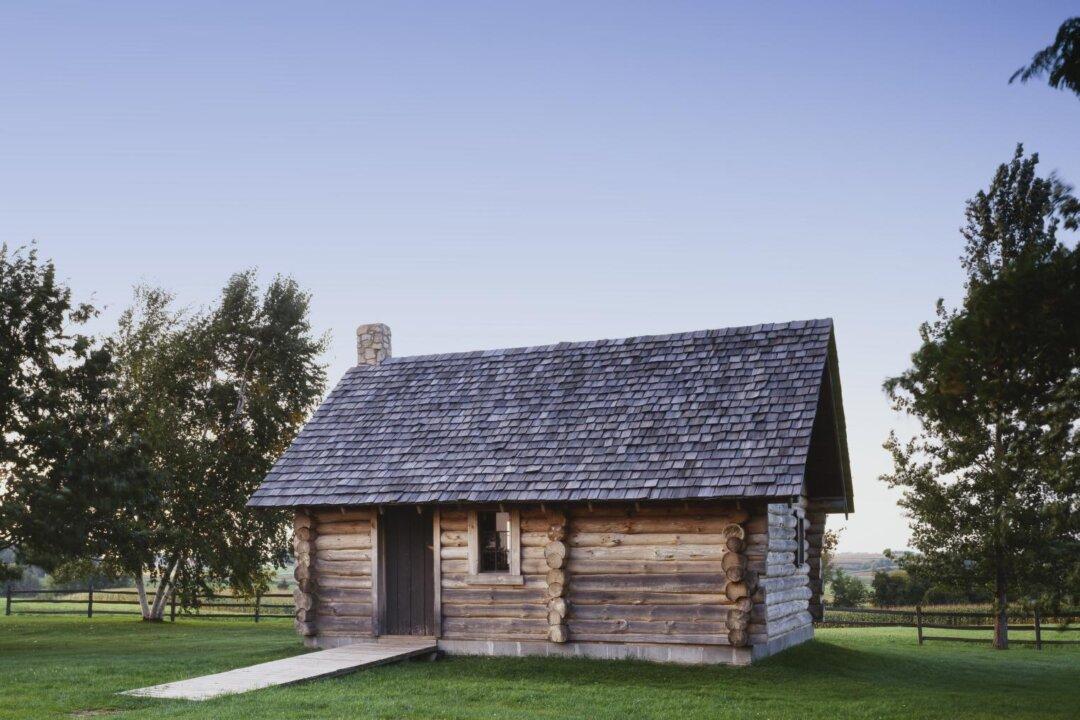Life on Plum Creek that June of 1875 looked bright as a new penny to Charles Ingalls, his wife Caroline, and their three young daughters.
For months, the family had lived in a dugout on their homestead while Charles plowed fields for wheat and dug a well near the spot where he planned to build a house. It was a beautiful property, with a creek shaded by willows and tall prairie grass. Though constructing that house cost him a considerable sum of money, it was solidly built, over 400 square feet of living space, and had three windows—considered luxuries in that time and place. In her article for Literary Hub, Caroline Fraser describes that house as “probably the finest the family had yet lived in.”






